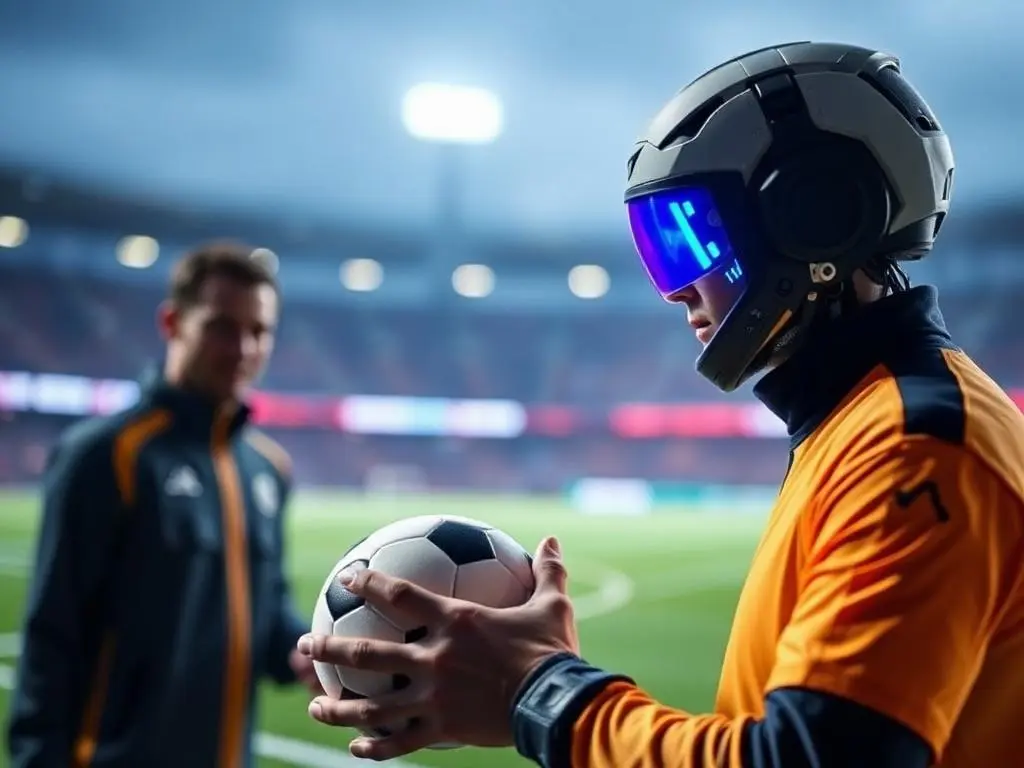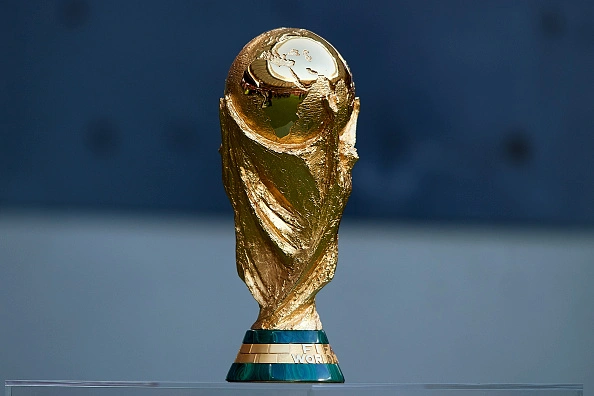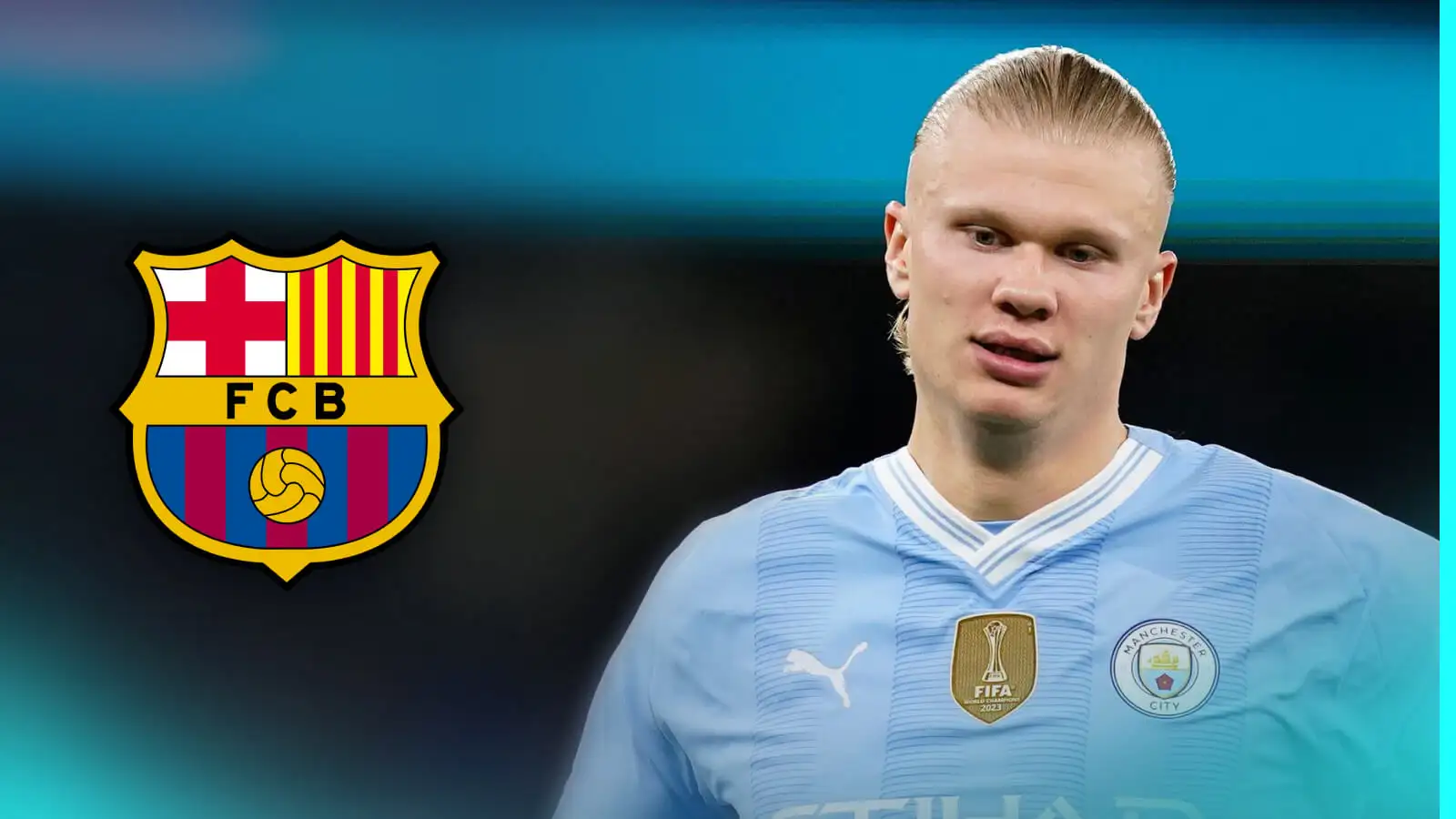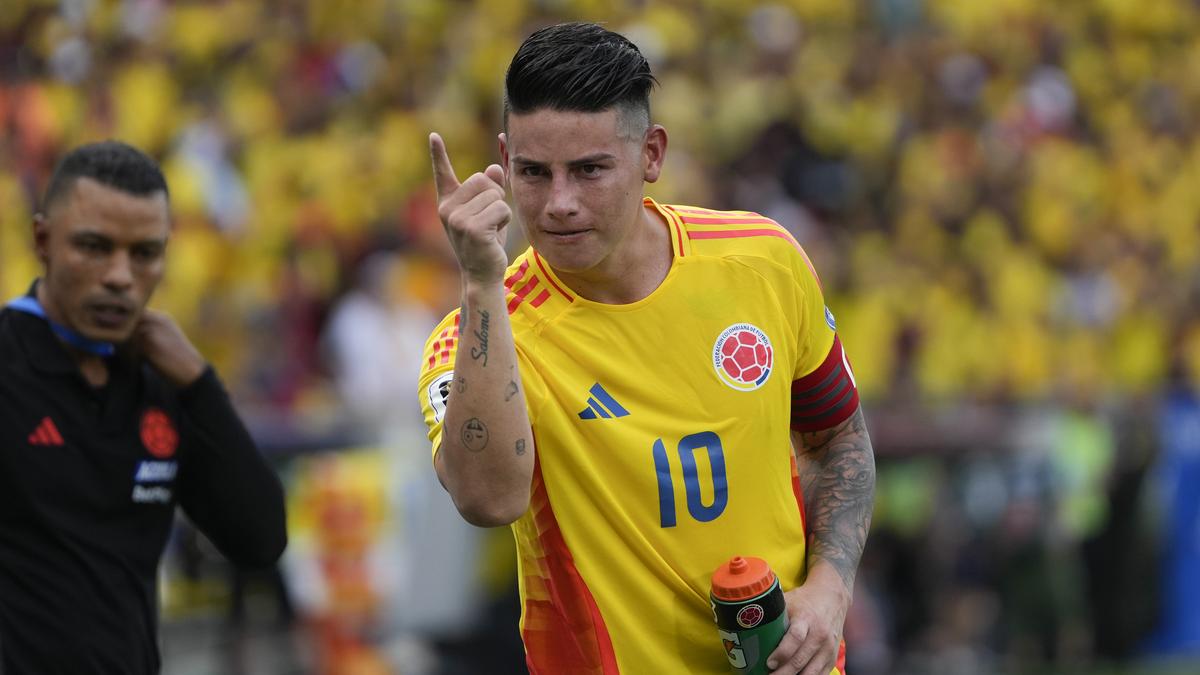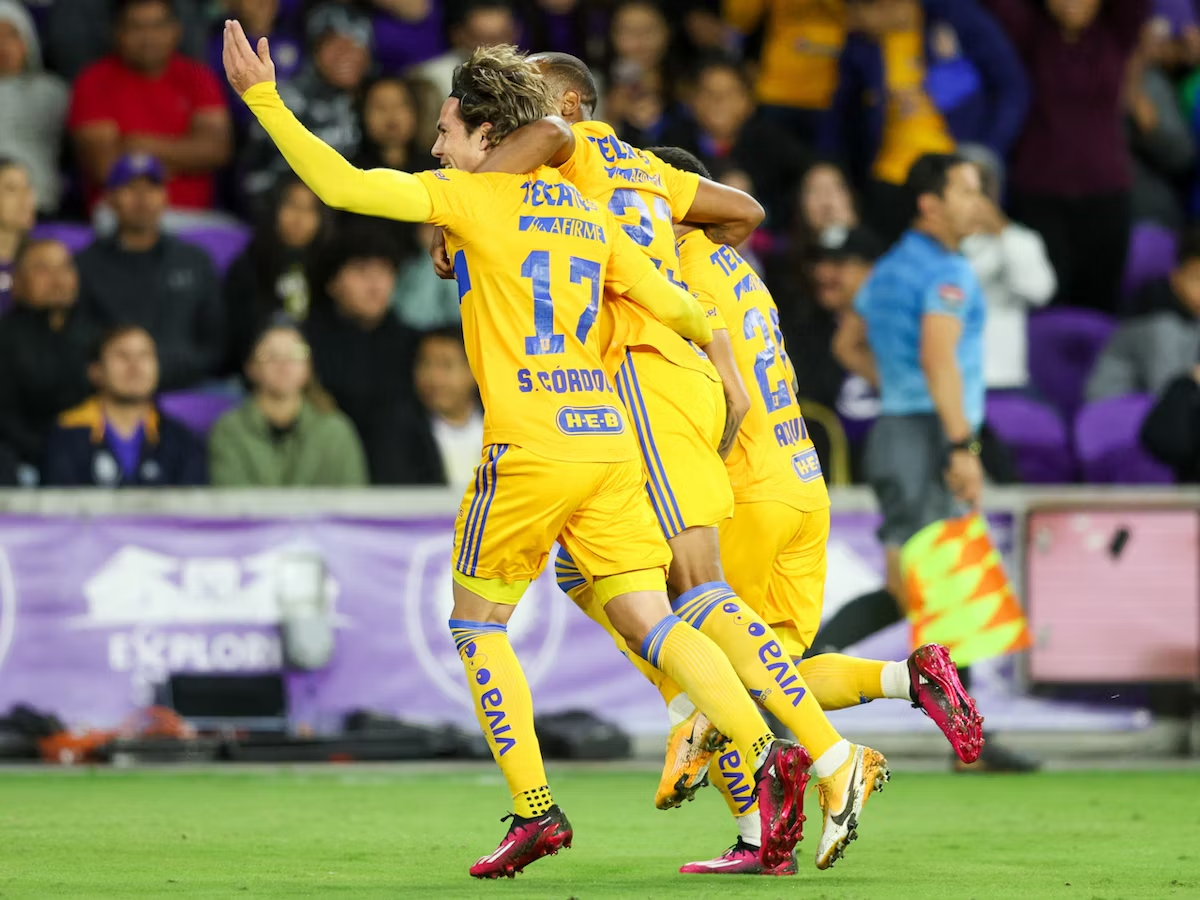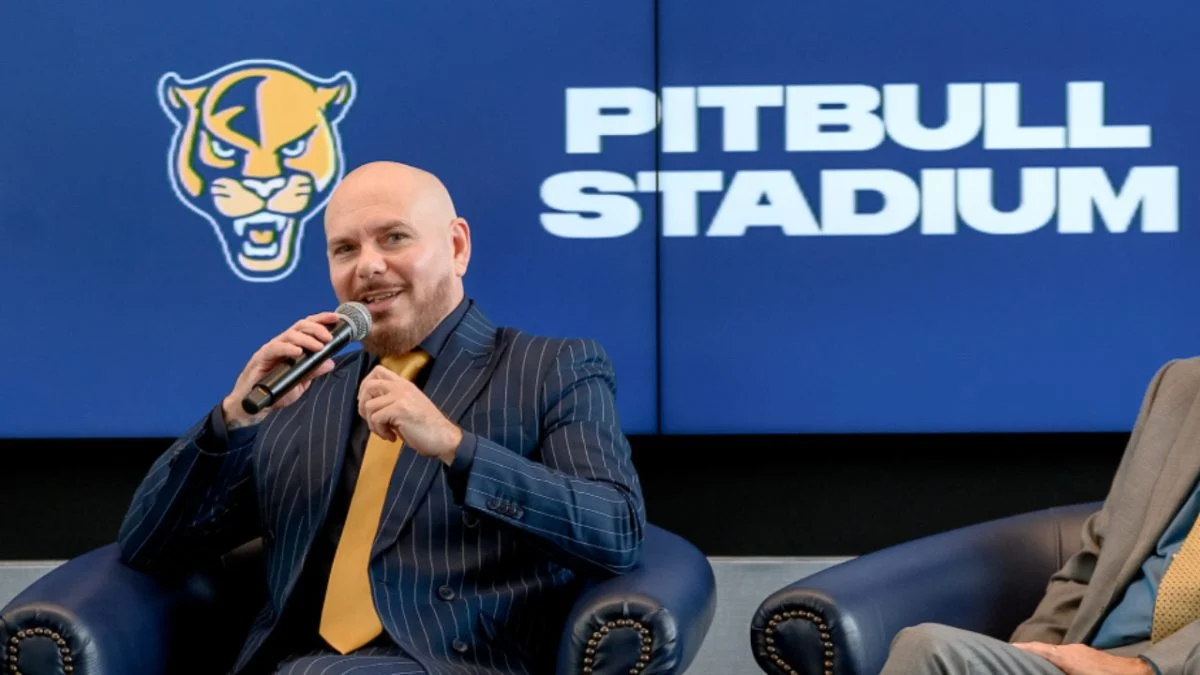
The Howler XI: The 11 Games that Made American Soccer
The Howler XI is an ongoing full-length highlighting the 11 best/most important/most beautiful/most whatever within the register of American soccer history.
For its debut, we go right at it: The XI games you’ll need to tell the story of soccer in this country. No, there’s no particular order; no, you won’t agree; and yes, there’s an Honorable Mention.
We won the Rose Bowl!
USWNT 0, China 0 (5-4, penalties), 1999 Women’s World Cup Final
I was in Idaho for a wedding, but somehow my new wife and I managed to sneak yonder from the prod for the final of an event that had grown over its month into something plane increasingly special than we’d had any reason to hope for. The 1999 Women’s World Cup had wilt a psychotic phenomenon—a Live-Aid, a Hands Wideness America (look it up), a papal visit. (In fact, a papal visit was the only event in Giants Stadium’s history to outdraw the prod of 78,000 that converged upon the Americans’ first game there.)

July 10, 1999 / Pasadena, California
Anyway, we found a bar, and by some miracle it was showing the game. (Finding any soccer on a television in public when then was an accomplishment.) Few gave it much thought in the first half, but as the tension built, the bar—full by now—turned its sustentation to the game out of a combination of patriotism and—well, this was a good game. A really good game. Then, uneaten time, and we could have lost—maybe should have. By now, of course, no one could turn away, and by the time Brandi Chastain put that penalty yonder and gave us the most iconic images in US soccer history, the place was out of its mind. People cried. Well-nigh soccer. In Idaho. It really was well-nigh the weightier goddamn thing I’ve overly seen. Soccer would never be the same here. But you do have to wonder: If the biggest game in American history had finished 0-0 and we’d lost on penalties…could we have overly recovered?
Welcome to America.
Sorry Well-nigh The Pitch.
New York Cosmos 2, Dallas Tornado 2, NASL Exhibition, 1975
Pele arrived in America mid-summer and (by his own estimation) out of shape, so the Cosmos hustled up a mid-season friendly versus the Dallas Tornado as increasingly of a televised party than a soccer game. Pele had planned on playing only a half, ultimatum that his 34-year-old semi-retired wreck could manage no more—but the Cosmos were lanugo 2-0 at the unravel and the stadium was full and the TV regulars was huge and the unconfined man did have a sense of theater. So he led the comeback (and scored the goal) that salvaged a 2-2 draw, an victory made all the increasingly remarkable if one believes the label of his new teammates in the next day’s Daily News as “overawed”—Pele’s presence “only magnified their shortcomings.” The shortcomings of the occasion were everywhere: Downing Stadium and its lumpy, spray painted-green pitch was no way to treat royalty, and CBS was running an insurance commercial when Pele assisted on the Cosmos’ first goal. In 1975, the unshortened league was dangerously tropical to not having its shit together—10 of its 17 teams averaged under 5,500 fans a game that summer. But Pele reverted all that—or at least some of it.
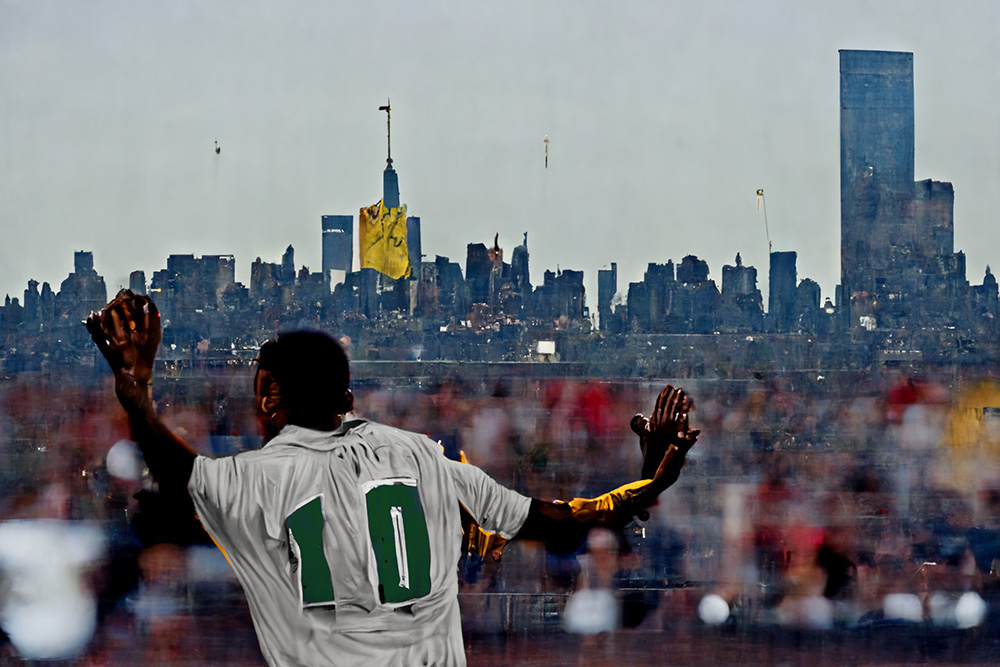
June 13, 1975 / Randall’s Island, New York City
The next season Rodney Marsh, George Weightier and Bobby Moore came over. 58,000 came to the Kingdome to see Pele play the Sounders…in pre-season. Despite a few teams still drawing mostly friends and family, the stereotype ubiety for the unshortened league in 1976 finally hit five digits—the first time that had happened in American professional soccer history. The Cosmos plane made the playoffs. It was the start of something pretty magical, plane if that magic didn’t quite last as long as we thought it might. But those next few years—they were pretty fun.
Hello, Neighbor.
USMNT dos, Mexico cero
- Jeonju, South Korea / June 17, 2002
- Columbus, Ohio / September 3, 2005
- Glendale, Arizona / February 7, 2007
- Columbus, Ohio / February 11, 2009
- Columbus, Ohio / September 10, 2013
- San Antonio, Texas / April 15, 2015
- Cincinnati, Ohio / November 12, 2021
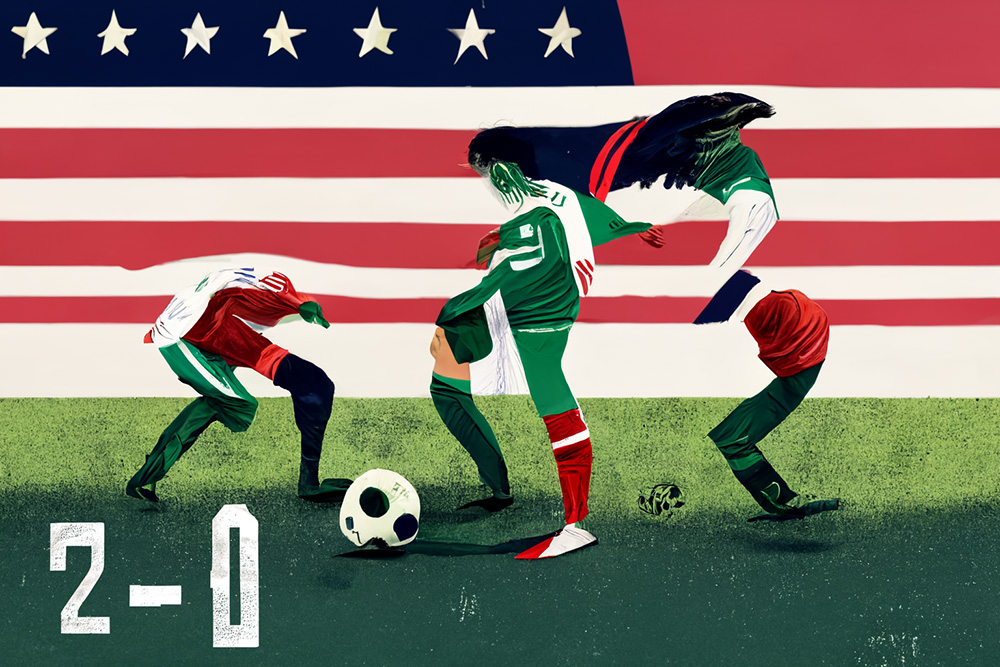
Rivalries are good.
Proof That We’re Obviously Largest at This Game.
United States 1, England 0, 1950 World Cup Group 2
The players came home to no fanfare. The semi-pro ASL unfurled making little to no impact on American sports culture. The upset, if that’s a big unbearable word, didn’t plane get them out of their group. Goalscorer Joe Gaetjens played only those three group games in his US career and scored only that one goal. The Americans went forty years surpassing seeming in flipside World Cup. This one isn’t well-nigh influence or impact: This game just belongs on the list for the raw fact of its stupendous accomplishment. The team was a part-time wreath of players who made their livings yonder from the game—they were men who delivered the mail, washed dishes, worked in mills; Frank Borghi, goalkeeper, had been a catcher in the Cardinals organization.
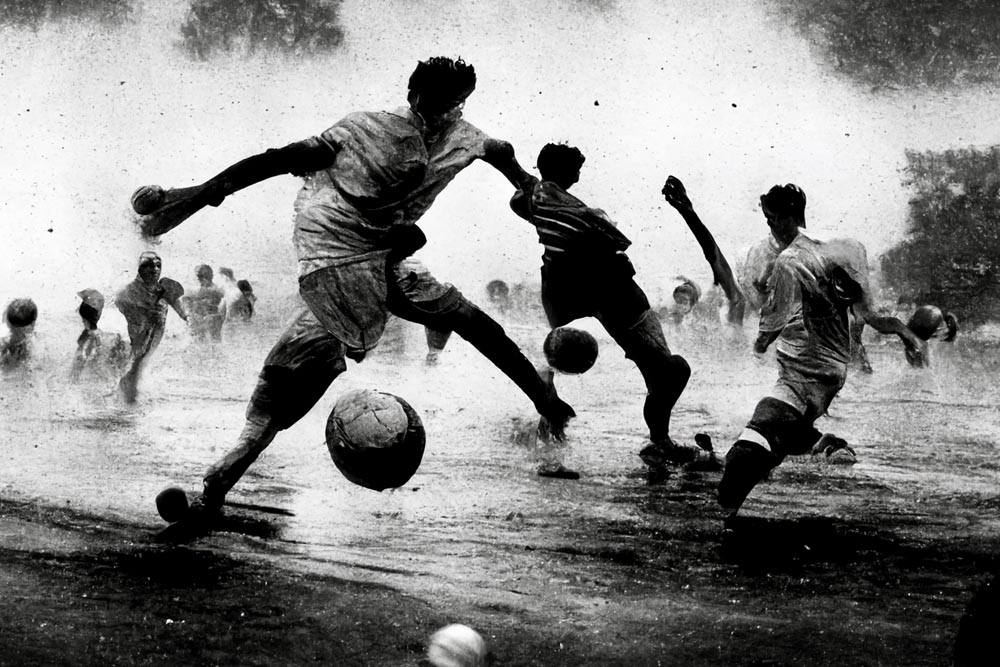
June 29, 1950 / Belo Horizonte, Brazil
They had lost a warm-up match 5-0 to Besiktas of Turkey. The U.S. had only qualified by finishing second in a group with Mexico and Cuba, and Mexico had tamed the U.S. 6-0 and 6-2. Famously, the papers in England thought the scoreline was a typo—England, who thought they might just go superiority and win the World Cup, must have won 10-1. It stands increasingly as a historical footnote than as a landmark—for the players who did it, an outrageous victory versus every conceivable expectation. For the country, however, a missed opportunity.
But…Why Didn’t They Come Back?
Cosmos 8, Ft. Lauderdale Strikers 3 / 1977 NASL Playoffs
In the days pursuit David Bowie’s death, a little graphic floated virtually reminding us how fortunate we are that in the sweep of human history, circumstances had conspired to place each of us on the planet at the same time as David Bowie. It was worded largest than that. We’re similarly fortunate soccer fans in 2022: The country is finally dotted with trappy soccer-specific stadiums; wealthy people see our game as worthy of investment; we have multiple domestic leagues worthy of our time. And yet it still boggles the mind that for a few short years in the late ’70s, a massive unpassioned NFL stadium in a New Jersey scrubland regularly hosted crowds in glut of 50,000 and up to nearly 80,000—sometimes for regular-season games. One year, the Minnesota Kicks—in an erector-set of a baseball/football stadium—averaged 32,000.
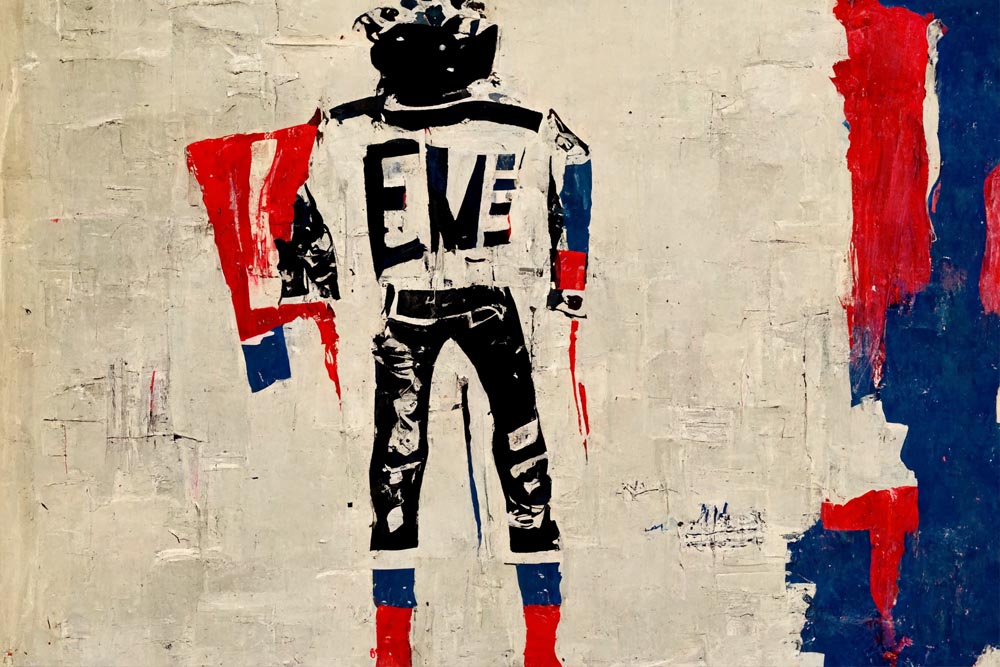
Cosmos 8, Ft. Lauderdale Strikers 3
August 14, 1977 / East Rutherford, New Jersey
Plenty of teams averaged over 20,000. Of course, in the ’70s, 30,000 people gathered at the Snake River Canyon in Idaho (Idaho, again!) to watch Evel Knievel try and fly over the river in a “Skycycle.” So it was a variegated time. Maybe people just needed something to do. Still, when the Cosmos drew 77,691 to Giants Stadium for a ’77 playoff game, the news reverberated wideness the soccer landscape (as much as it could). There’s a famous picture of the scoreboard thanking the massive prod that lived in Kick magazines for years as proof that Soccer was, indeed, the Sport of the Future. When you lived way out in the hinterlands and were the kind of kid who’d stay inside on a summer Saturday afternoon to watch the Detroit Express and the Chicago Sting, it was validation of a kind. That kid hadn’t discovered Bowie yet, but he thought it was tomfool that Americans might love soccer increasingly than they loved Evel Knievel.
We’re Going Streaking!
North Carolina 9, Duke 1, 1992 NCAA Women’s Soccer Championship
On October 19, 1994, Duke write-up the UNC women’s team 3-2, stopping their unbeaten streak at 101 games. 101. Come on. 10 years unbeaten. It was North Carolina’s second loss in 206 games. At one point North Carolina had won 9 national championships in a row, and the Duke loss left them with an all-time home record of 139-1-2. Considering most of this dominance was pre-Internet and scrutinizingly none of the games were on TV, the streak took on a near-mythical status.

North Carolina 9, Duke 1
November 22, 1992 / Chapel Hill, North Carolina
How could they be that good? I saw them in Portland sometime in the early ’90s—it was like a Globetrotters game; people came just to behold. They were showing us what it could be like when Americans were the weightier soccer players on the planet, destined to win a World Cup whimsically anyone knew plane existed. So…do we highlight the first or last game of the streak? The last win? A championship in its midst? We segregate the scariest win of them all—their 9-1 subversiveness of tabulated Duke in the 1992 NCAA championship game. There must have been programs who thought they had a shot at a title until they saw that score. Must have scared them to death.
Go, Go, USA!
USMNT 1, Algeria 0, 2010 World Cup Group C
I sat on my living room hovel to watch it—all I specifically remember is that I wasn’t at all optimistic. We’d tied England in the first game, and that sounds good now, but it wasn’t a unconfined game. Then we came when to tie Slovenia without falling overdue by two goals. Landon Donovan and Michael Bradley had saved us during a drastic second half that seemed to full-length a late Maurice Edu winner—disallowed for reasons still unknown. So we’d put in one good half out of four and gotten burned by a mystery call; as USA-Algeria went scoreless into injury time, it all just had that sinking feeling of US World Cup disappointment—but wait…what’s this?
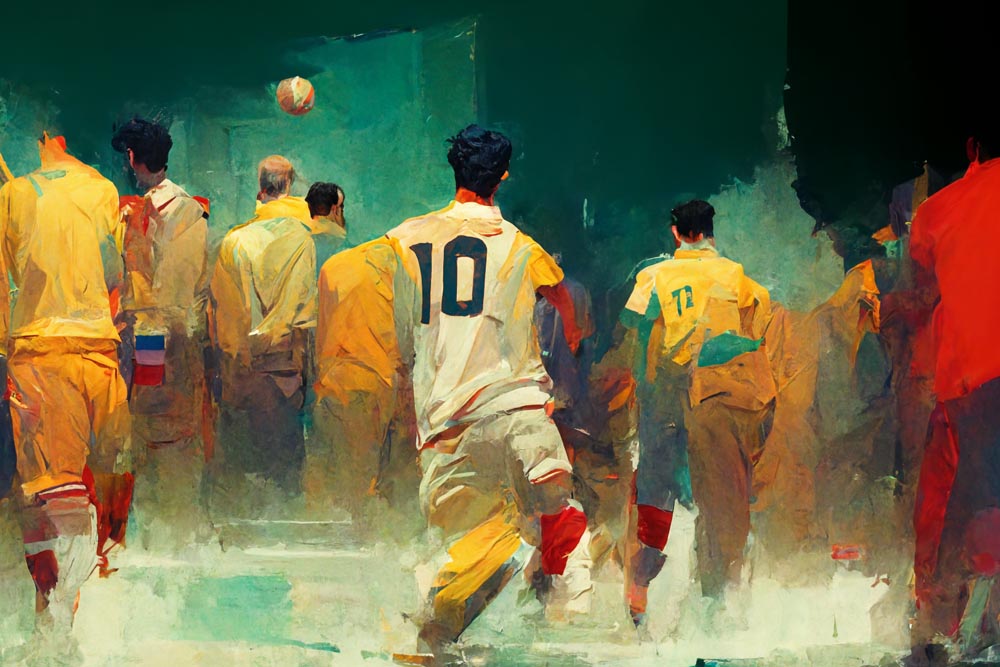
USMNT 1, Algeria 0
June 23, 2010 / Pretoria, South Africa
Howard hurls to Donovan in space, he covers well-nigh thirty-five years surpassing laying it off, and—a cross, a shot, a save, and—maybe…yes…YES!!! I lost it. Utterly lost my mind. Yelled and screamed. Teared up. Ian Darke’s iconic commentary: “Go, go, USA!” will live on in history (I didn’t hear a word of it), and the Greek men painting our house came in to see what was wrong…and stay to watch 17 replays. (Re-watch it. It’s so good.) Then we lost the next game, which hurt—but not that much.
We’ll Overlook the Uniforms for Now.
San Jose Clash 1, DC United 0, 1996 MLS Regular Season
MLS, Game I. It felt so good. We had a league back—a real league, an NASL-but-better we’d been drastic for since 1984. It was sunny and colorful and bright—the stadium dolled up with those big nasty ’90s graphics just to make sure the purists didn’t get carried away.
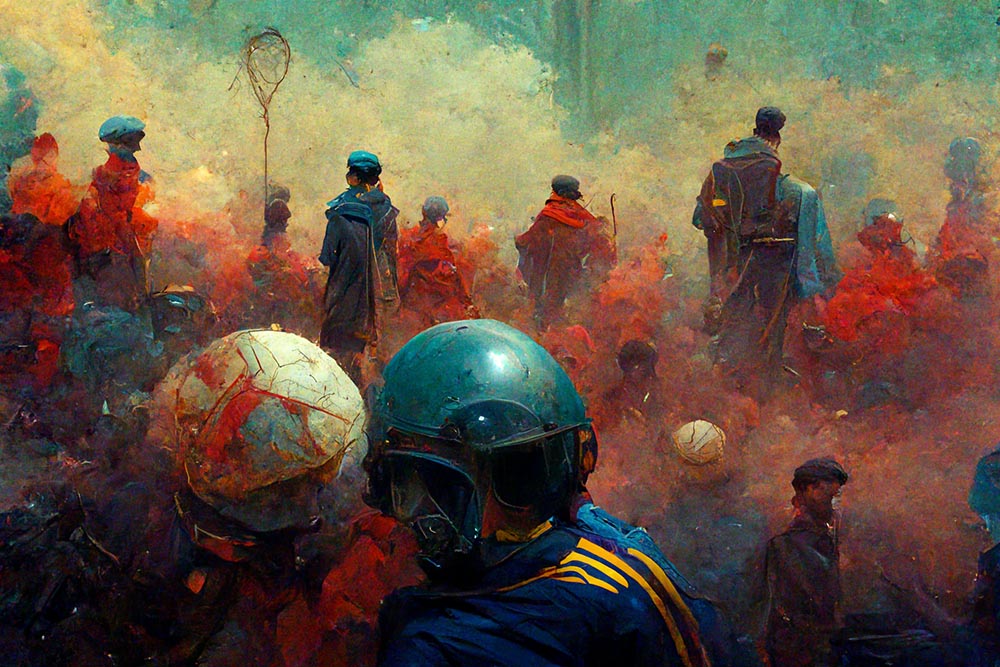
San Jose Clash 1, DC United 0
April 6, 1996 / San Jose, California
The match itself looked like what it was: two brand-new teams working out the kinks on a narrow field in a party undercurrent while Eric Wynalda ran his ass off trying to make sure the first game of the rest of our lives didn’t satisfy the cynics by ending nil-nil and going to a shootout. Which he did, solemnize him, dribbling in from the left wing in the waning minutes (and the scoreboard clock running down, not up) with his teal-tinged San Jose Clash shirt hanging out and a league on the line, and, well, the goal really is brilliant.
A Prayer For Paul Caligiuri.
USMNT 1, Trinidad & Tobago 0, 1989 CONCACAF Championship / 1990 World Cup Qualifying
It has an scrutinizingly literary quality—Paul Caligiuri is Owen Meany, the American game’s child of destiny, raised and trained for a single moment of soccer salvation. There were increasingly likely goalscorers on the pitch that day—Bruce Murray, Peter Vermes, Tab Ramos. Caligiuri wasn’t a regular starter, and he was in the lineup for mostly defensive purposes, and he wasn’t plane left-footed.
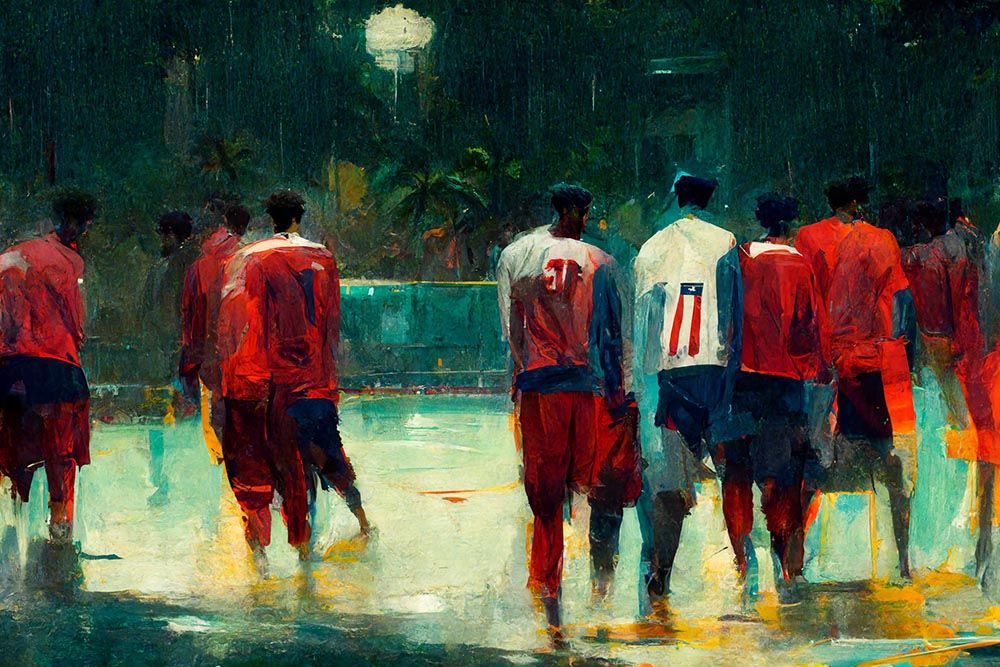
USMNT 1, Trinidad and Tobago 0
November 19, 1989 / Port of Spain, Trinidad and Tobago
But in the 30th minute, he was tropical unbearable to think well-nigh it, and the wittiness was on his left foot, and he must have been thinking, My whole life…it’s built up to this one moment, and if I don’t score now, we won’t score, and if we don’t score, we’ll miss out on the World Cup, just like every year since 1950, and, well…—or, increasingly likely, he just hit it as well as he could—it was much increasingly than a prayer—and goddammit he hit it as well as anyone could. Anyone.
No visiting superstar. No weird stunts. No dollar beers.
Seattle Reign 1, Portland Thorns 0, First NWSL Sellout (2015)
A track that you’ve been on the American soccer journey a little too long is that there were unchangingly three numbers you squint at: One team’s score, the other team’s score, and how many people showed up. Used to be, if the last number seemed a little high, you wondered if maybe there was a concert supervenient or fireworks or if tickets were free.
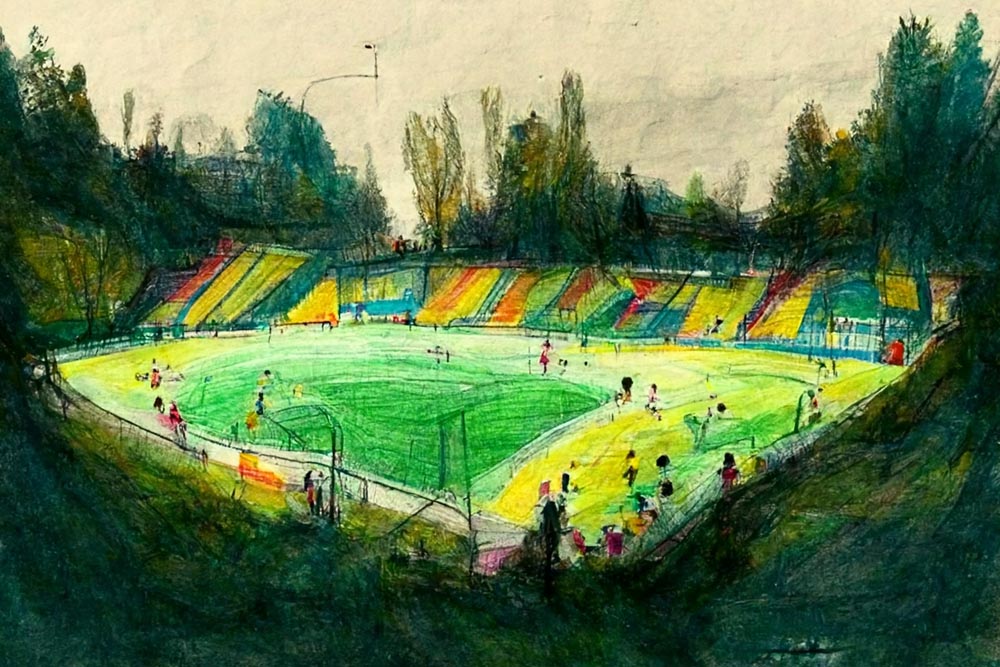
Seattle Reign 1, Portland Thorns 0
July 21, 2015 / Portland, Oregon
This game? Just a plain-old sellout—a record prod in a newly expanded stadium, NBA-level ubiety on an NWSL afternoon, like-minded people worried well-nigh the home team’s late-season form, regular folks assembled to see a regular-season game. Did it transpiration everything? No, it did not. But women’s soccer needed this league to work, and selling out a regular season game considering a municipality really just wanted its team to win a big game over a hated rival was one way to say it was going to make it. Sometimes a midweek packed house ways everybody wins, regardless of the score.
Just Considering You’re Paranoid Doesn’t Midpoint They’re Not Out To Get You.
USWNT 5, Japan 2, 2015 Women’s World Cup Final
This was the one that finally shut people up. For a team that wins World Cups and Gold Medals with scrutinizingly monotonous regularity—the losses at any stage of a tournament are still increasingly surprising than victories in finals—the USWNT sure does get picked at. Are they too athletic? Getting tactically passed by? Is this or that generation not everything they should be? Wimpy wimpy blah. The wares and essays—just wondering—could be written by crafty bots or stealthy AI by now.

USWNT 5, Japan 2
July 5, 2015 / Vancouver, B.C., Canada
Rolling into the 2015 Women’s World Cup, however, it was pearly to point out that the US hadn’t won that tournament since ’99. Yes, there had been three Olympic golds in the meantime (only those), and the US had never finished lower than third at the World Cup—but it did finger like time for new heroes. Other countries were obviously transmissible up—but this US team seemed to take the questions personally. The smackdown they unromantic to their Japanese opponents in the Final had a refreshing STFU quality to it, and it reminded the world that anything this team doesn’t win—for now—is a fluke. Not the other way around.
Honorable Mention
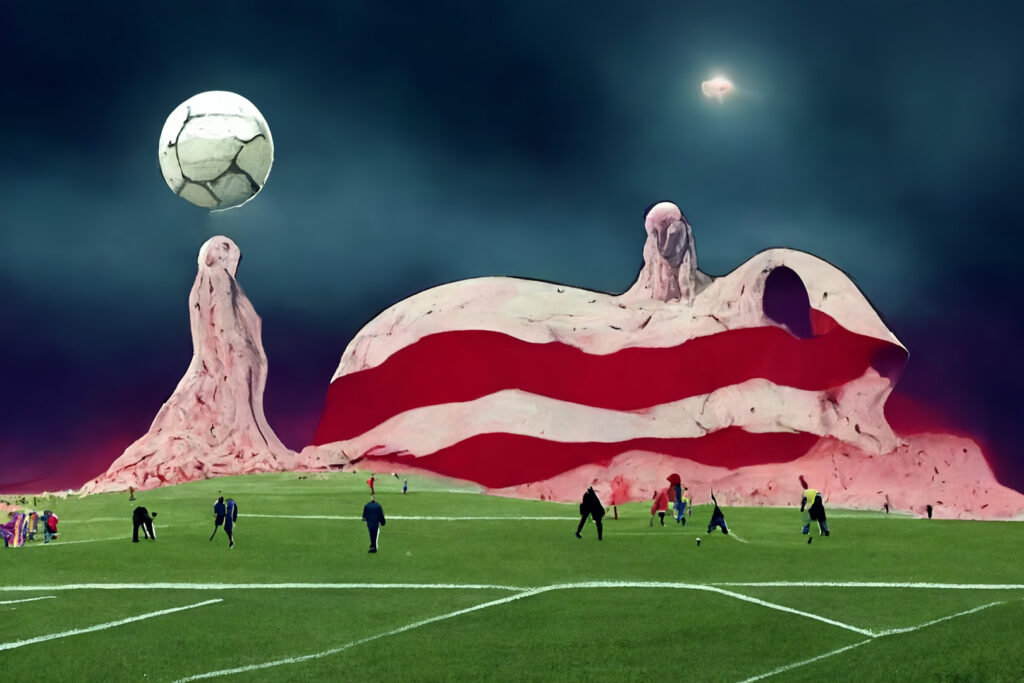
New York Cosmos 2, Seattle Sounders 1, 1977 NASL Soccer Bowl
Pele’s last competitive match and only NASL title. Nearly made the XI. Maybe should have.
Howard 2, Saint Louis 1, 4OT, 1974 NCAA Championship
One of the unconfined revenge stories in American soccer history. Howard took it out on Saint Louis, but they were really taking the trophy from the NCAA, and when those bastards lose, everybody wins.
Seattle Sounders 2, San Jose Earthquakes 1, 2011 MLS Regular Season
This was the one—when the Sounders, who had been drawing in the upper 30,000s for their unshortened Major League Soccer existence, finally took the lid off and sold 64,140 tickets to CenturyLink Field, proving that they unquestionably did have themselves a soccer-specific stadium and that the MLS of high-school football stadiums and minor-league ballparks wasn’t good enough.
Dallas Sidekicks 4, Tacoma Stars 3, 1987 MISL Championship Series, Game 7
You’ve got to explain the ’80s somehow. That the biggest prod of the year (probably of a few years…21,728 in the Tacoma Dome) had gathered to watch 6v6, well, we took what we could get in those days, and we liked it.
US 3, Paraguay 0, 1930 World Cup, Group 3
This game propelled us to our only men’s World Cup semifinal—I don’t know what it ways that making the World Cup semi-finals doesn’t make our top XI, but it might midpoint something.
Denim Shirt, 1994 World Cup
More a state of mind than a game. More well-nigh the tragedy.

